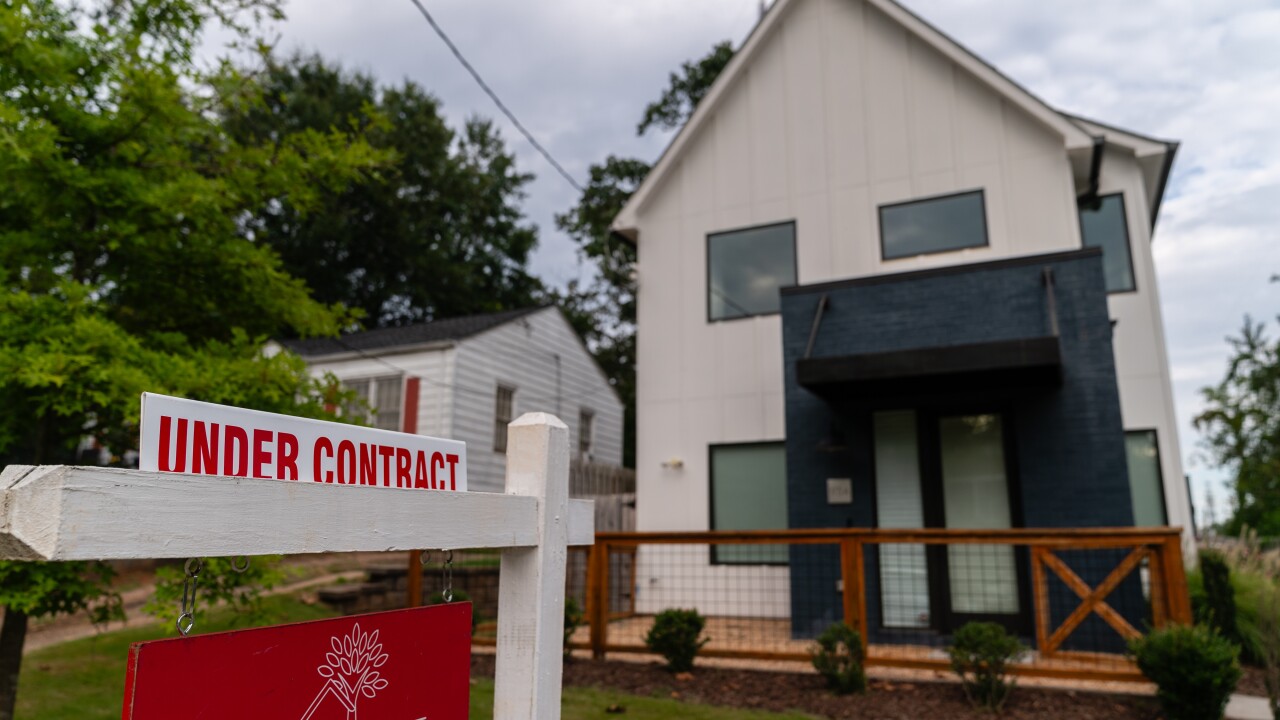As
2020’s
"Redlining kept home values in Black neighborhoods depressed, which in turn meant there was less money invested and reinvested in those neighborhoods for decades to come," Redfin senior economist Sheharyar Bokhari said in the report. "As climate change fuels rising sea levels and powerful storms, many of these neighborhoods lack the funding for the
Broken down by market, Sacramento, Calif., has the highest share of redlined homes in high flood risk areas at 21.6% compared to 11.8% for greenlined. New York followed with 13.8% redlined and 7.1% greenlined, then came Boston’s 13.8% and 8.7%, respectively.

Florida went against the grain, as redlined neighborhoods in Tampa face a 25.9% of high flood risk compared to 47.5% of greenlined neighborhoods. Miami’s high risk fell to 34.2% redlined and 53.9% greenlined while Jacksonville’s were 18% and 36.4%, respectively. Florida stands as an exception due to the more affluent areas being closer to shore and its older population less worried about the long-term
Overall, the national spread is 1.5 percentage points between a redlined share of 8.4% versus a greenlined share of 6.9%.





